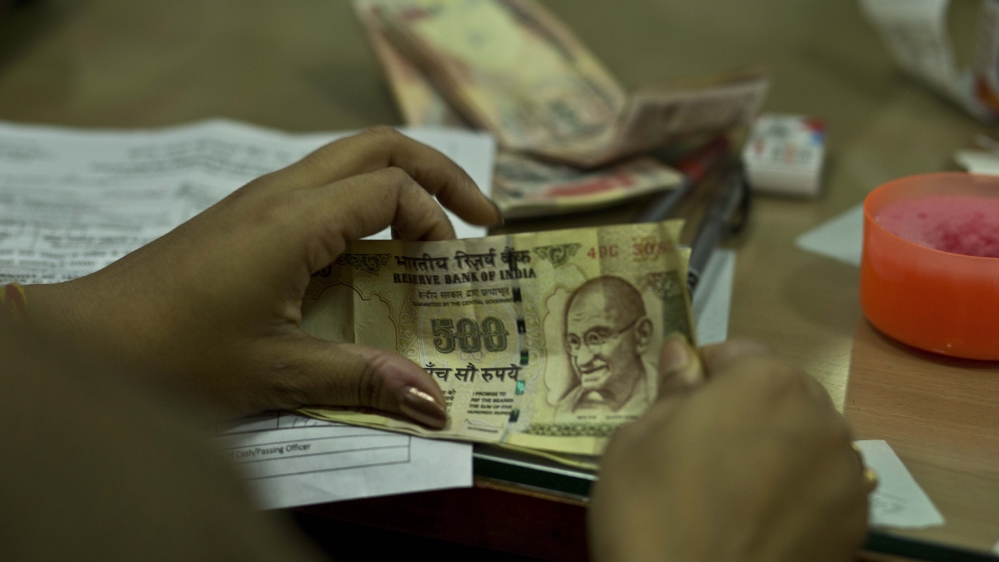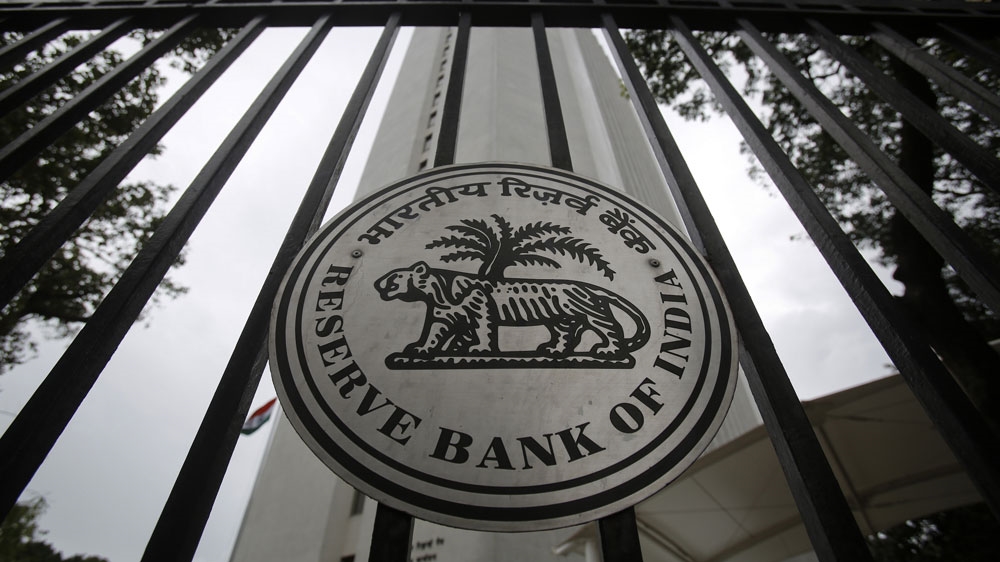
Amit Ranjan was stunned. For years, financial advisers had recommended only homegrown investment options to the Indian tech entrepreneur and angel investor. But earlier this year, the advice changed dramatically: Ranjan, they said, should invest 20 percent of his portfolio outside India.
“I couldn’t believe what they were saying, so I asked them to repeat it,” he recalled. Then, Ranjan called his friends to check what their advisers were telling them. They confirmed: they too were receiving similar guidance.
And it is showing.
Wealthy Indians are investing abroad at record rates, data from the country’s central bank reveals. In the 2021-22 financial year, Indians ploughed $1.69bn directly into foreign bank deposits, equity and debt instruments, and buying property outside the country, according to the Reserve Bank of India (RBI). That is almost 40 percent higher than the figure for 2020-21 and nearly six times the $292m that Indians invested abroad in real estate, deposits, debt and equity in 2014-15, when the current government of Prime Minister Narendra Modi came to power, promising to turn the country into a magnet for global wealth.
The country’s own mutual funds have also increasingly sought to invest their customers’ money overseas. So much so that in February, the Securities and Exchange Board of India, the country’s stock market regulator, banned new investments abroad through Indian mutual funds amid fears that a $7bn industry cap would be breached for the first time. That ban was lifted in June, but experts expect the relief to be temporary since the cap remains the same.
And rich Indians are not just sending their money abroad: 8,000 Indian millionaires are also expected to pack their bags and move elsewhere this year, only outnumbered by wealthy Chinese and Russians, according to investment migration consultancy Henley & Partners.
The outflow of money and millionaires is being driven by factors ranging from the desire to diversify investments geographically to the search for boltholes after the COVID-19 pandemic, said analysts. But this exodus of wealth reduces the pool of investments that could otherwise have been made in India and shrinks potential tax collection. It also undermines India’s pitch as a country that the rest of the world should invest in.
“This can’t be good for India,” said Ranjan to Al Jazeera.

Investments beyond Indian borders
The increase in total overseas investments by Indians is not entirely surprising, according to Joseph Thomas, head of research at Emkay Wealth Management, a Mumbai-headquartered financial planning firm. The number of millionaires in the country has shot up from 170,000 in 2010 to nearly 700,000 in 2020, according to Credit Suisse. “This naturally resulted in people looking for opportunities elsewhere, apart from rupee-denominated products,” Thomas told Al Jazeera.
An increasing number of firms are now also offering access to overseas markets — from big Indian banks like HDFC and ICICI, portfolio managers like Emkay, and new-age digital banking platforms like Kristal.ai. Indian investors today understand the “importance of geographic diversification,” Thomas said.
But the pandemic has turbocharged the Indian appetite for investments beyond the country’s borders, said experts. As global tech and health stocks have risen, so too has the interest among Indians to buy shares in those sectors. “Especially with tech, these are products and brands that Indians are very familiar with as users, so there’s more of an affinity,” said Ranjan.
The pandemic has also created new incentives for Indians to buy homes abroad. “Cities and countries that are perceived to have done well in combating COVID-19 have seen a surge in interest,” said Akash Puri, the director of global business at India Sotheby’s International Realty. He cited New Zealand and Dubai as examples. In all, Indians spent nearly $113m in buying real estate abroad in 2021-22, compared with about $63m the previous year.
Dollar-denominated markets like New York and Dubai are also popular because the rise of the dollar against the rupee means that Indian property owners gain even if the local value of the real estate does not rise, Puri told Al Jazeera. Other popular destinations where rich Indians are buying homes include London and Portugal — a country that offers residency by investment while requiring an average stay of just a week a year. Those with Portuguese passports then get visa-free access to stay and work across the European Union.

With central banks in different countries — including the United States — raising interest rates, Puri expects the demand for foreign real estate to only grow among India’s wealthy. In the US, for instance, rate hikes would make mortgages costlier for residents, making them opt for leases instead of purchases. That in turn would lead to a softening of prices and a greater inventory of homes available for purchase by Indians, who mostly pay upfront. “There could be a new window of opportunity for Indians,” Puri said.
Increased interest rates and the growing value of the dollar against the rupee also explain why Indians are parking their cash in bank deposits abroad like never before, said experts: $830m in 2021-22, compared with $680m the year before. Always safe, these deposits now additionally bring returns that were impossible earlier.
Safe havens
Since the pandemic, Indians are increasingly hunting for safe destinations not just for their wealth but for themselves, driving out-migration of millionaires. The global economic uncertainty and conflicts like the war in Ukraine have only added urgency to this shift, according to analysts. “The importance of having optionality across multiple jurisdictions in terms of where you can relocate and reside is gaining traction,” Henley & Partners said, in a reply to questions from Al Jazeera. “And for those that can afford it, residence and citizenship by investment is the simplest, fastest and most effective way to achieve it.”
None of this is irreversible. “As the standard of living in the country improves, we expect wealthy people to move back in increasing numbers,” the investment migration consultancy said.
For the moment though, the Indian government’s approach to citizens investing abroad is driven by fears of an uncontrolled flight of capital, according to experts. In addition to the $7bn national cap on mutual funds, India also forbids individuals from remitting more than $250,000 overseas each year. These limits help the RBI manage the currency exchange rate and maintain acceptable levels of foreign exchange reserves.
But ultimately, said Ranjan, money tends to find a way around such restrictions. “We should be thinking less about how to stop people from investing abroad and more about making it attractive for them to keep their money in India,” he said. “How we do that is the question.”







